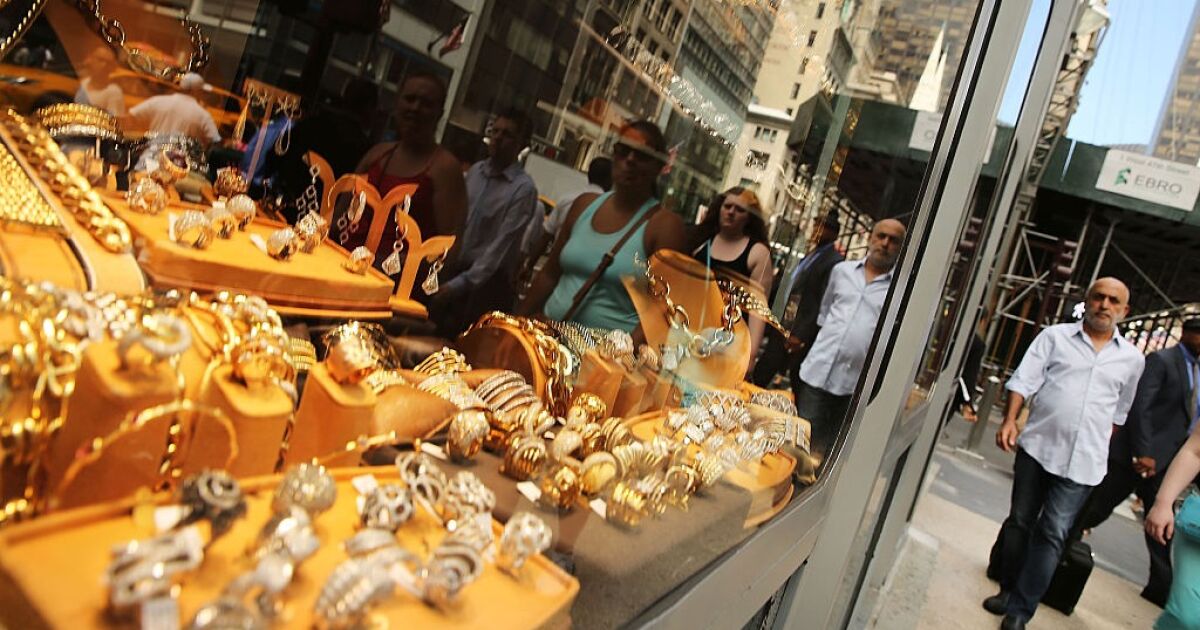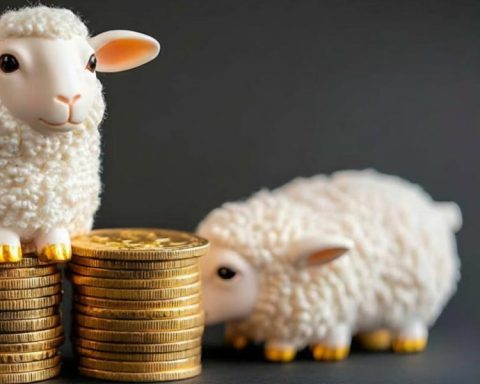In the second quarter, purchases of jewelry, the largest segment of global gold demand, fell 19 percent year-on-year to 390.6 tonnes, according to the organization’s quarterly report released Tuesday.
The drop in jewellery purchases weighed on global demand for the precious metal from April to June, which fell 6% year-on-year to 929 tonnes.
This is the second weakest quarter for jewellery demand since 2020, when it was hit hard by the Covid-19 pandemic, with numerous ceremonies cancelled or postponed.
In China and India, the two main markets for gold jewellery, weddings are an occasion for families to save some of their savings by exchanging them for gold bars, necklaces, rings, bracelets and other objects.
Demand for jewelry also fell in dollar terms, as rising gold prices failed to offset falling volumes.
In mid-May, the yellow metal reached an all-time high of more than $2,450 an ounce, a peak that was surpassed shortly after.
In China, jewellery purchases plummeted 35% year-on-year in the second half of the year, hit by rising prices and the economic slowdown.
The “difficulties in the housing market” in the country and “uncertain economic prospects contributed to the caution of consumers and their strong desire to save,” the organization said in the report.
In this context, Chinese buyers prefer smaller, lower-cost parts.
Profit taking
Record gold prices also weighed heavily on jewellery demand in India, which plunged 17% year-on-year.
Even the Hindu festival of Akshaya Tritiya, considered one of the main occasions for buying gold in India, gave a fleeting boost to gold purchases.
In Turkey, too, demand for jewellery registered its first year-on-year decline since the beginning of 2022, and is “exclusively due to the high price of gold,” according to the CMO.
But the prices may not only have discouraged potential buyers, but also “motivated some small investors to take profits,” said Louise Street, an analyst at the organization.
Western investors also took advantage of historically high prices to take profits. In contrast, high prices whet the appetite of Asian investors.
















